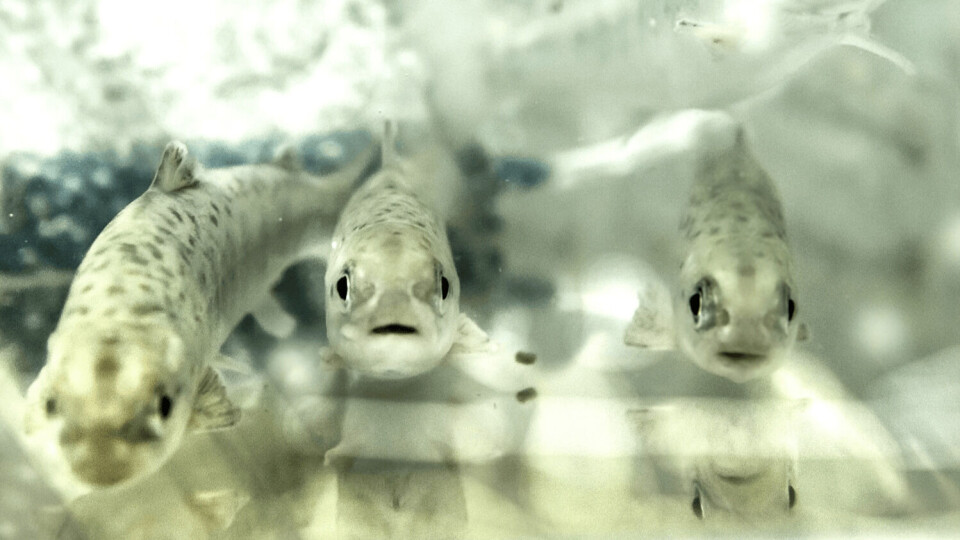
Study identifies receptors that help Flavobacteria infect fish
Two new receptors involved in the pathogenesis of Flavobacterium have been identified by researchers in France. These are the “HfpR” and “BfpR” receptors that are necessary for adaptation to the conditions of high and low iron concentrations encountered during bacterial infection.
Bacterial pathogens have developed sophisticated mechanisms to meet their iron needs from various sources. In Gram-negative bacteria, many of the iron acquisition systems depend on TonB-dependent receptors (TBDRs) that mediate the active uptake of specific substrates through the outer membrane.
Despite the importance of iron homeostasis, there is still material to be investigated in, for example, the genes involved in iron absorption presented by Flavobacterium psychrophilum, a bacterium which causes bacterial cold-water disease in salmonids and rainbow trout fry disease.
Pathogenesis
This prompted French researchers to carry out an in vitro and then in vivo study of experimental infection in rainbow trout, with the aim of being able to identify the genes involved in bacterial pathogenesis in response to iron.
In summary, by combining reverse genetics, deletion mutant phenotyping, and experimental infection, the authors demonstrated the importance of two novel haem / haemoglobin membrane receptors for bacterial virulence.
“We identified two new TonB-dependent receptors, HfpR and BfpR, that are required for adaptation to the iron conditions encountered during infection and for virulence in rainbow trout. Transcriptional analyses revealed that its expression is tightly controlled and increased under specific iron sources and concentrations,” the scientists explained.
Disease severity
BfpR is a receptor that would be required for optimal growth in the presence of a high level of haemoglobin. Conversely, HfpR would confer to the pathogen the ability to acquire iron from the haem group or from haemoglobin in conditions of iron scarcity.
Additionally, the HfpR receptor would be cotranscribed with the hfpY gene that encodes a protein related to the HmuY family. HfpY would bind to the haem group and contribute significantly to host colonisation by the pathogen and disease severity.
“These results are consistent with a model in which the BfpR and Hfp systems promote haem uptake and respond to different signals to adapt iron acquisition at different stages of pathogenesis,” the scientists concluded in light of their findings. results.
Read the full study titled “Two functionally distinct heme/iron transport systems are virulence determinants of the fish pathogen Flavobacterium psychrophilum”, here.






















































